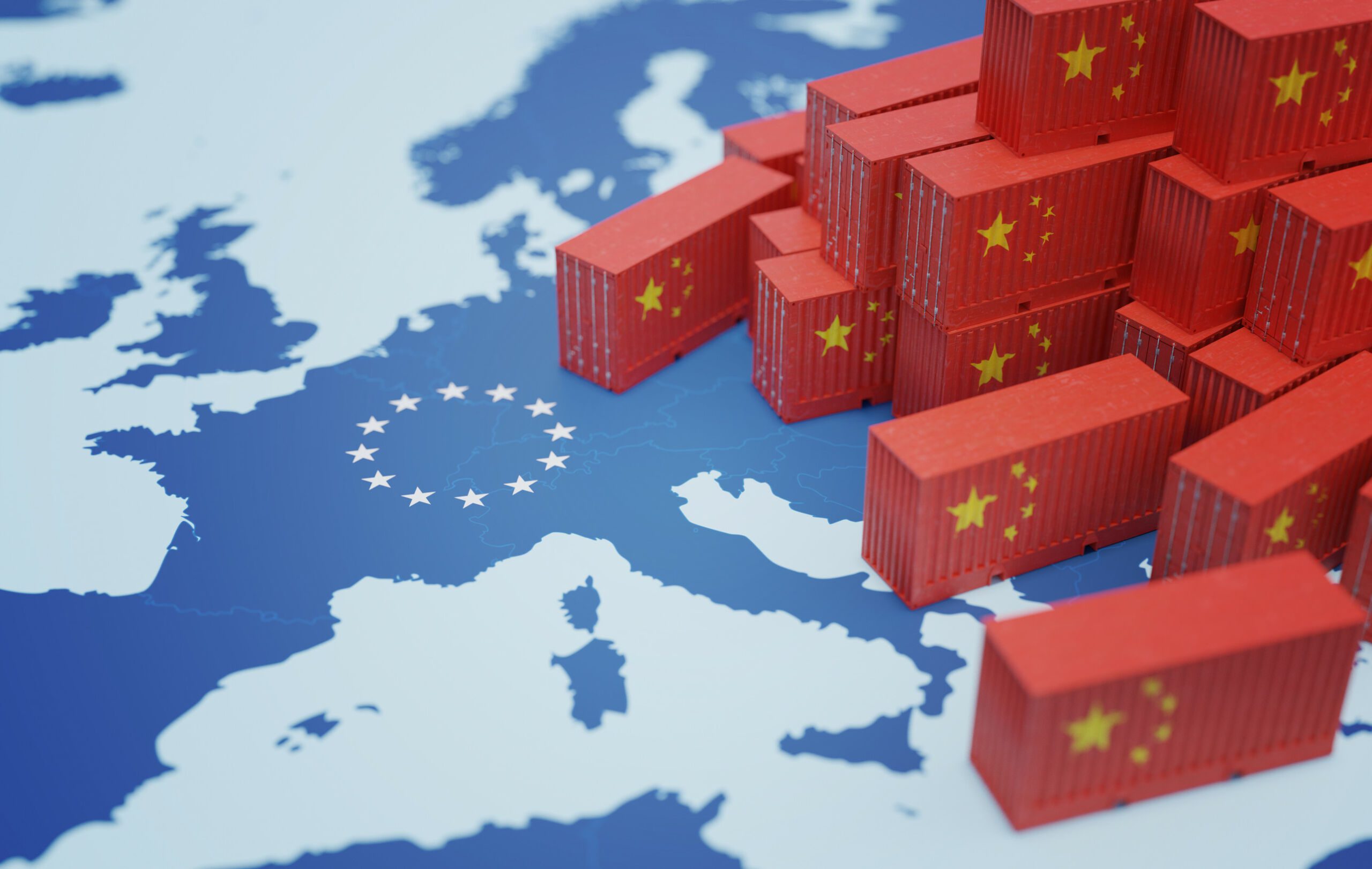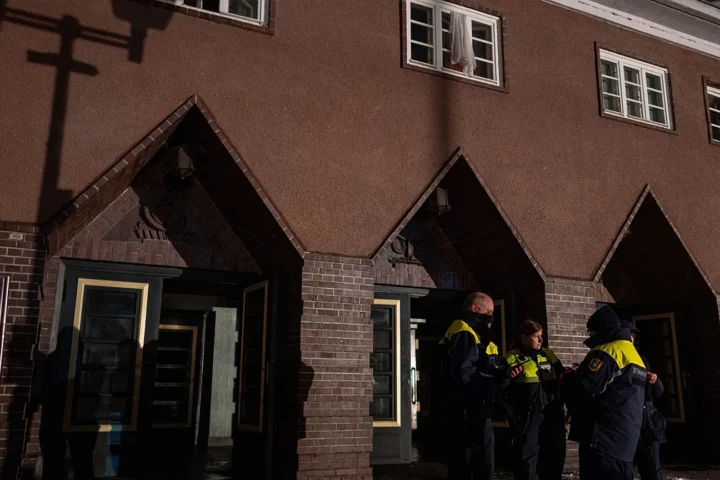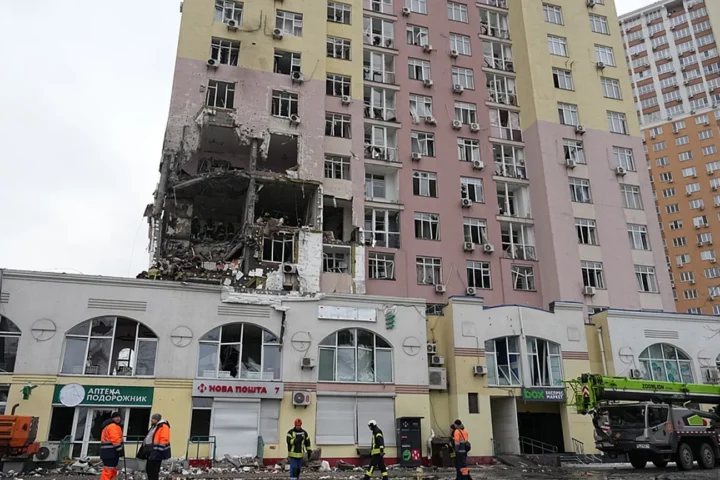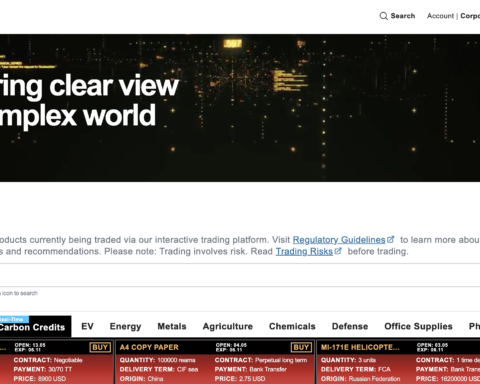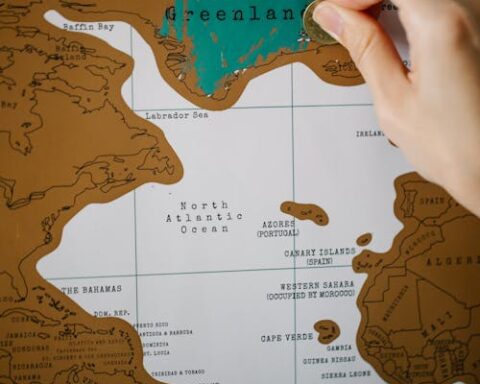As trade relations between China and Europe continue to evolve, one question looms large: can China maintain robust trade ties with Europe despite growing concerns over counterfeit luxury goods flooding the market? With the luxury sector being a major economic contributor for Europe, particularly countries like France, Italy, and the UK, the issue of counterfeit products has become a thorny point in discussions on trade.
Here’s what we know about the current situation and what could be at stake for both sides.
The Rise of Counterfeit Goods: A Growing Challenge
Counterfeit products, especially in the luxury market, have been a persistent issue for years. China has long been criticized for the production and exportation of counterfeit goods, ranging from clothing and accessories to electronics and high-end watches. According to various reports, Chinese factories are often the source of knock-off luxury items that are then sold at a fraction of the price of their legitimate counterparts.
These fake products don’t just pose a risk to the intellectual property of brands; they also threaten the credibility and reputation of the entire luxury market. For Europe, a region synonymous with luxury craftsmanship and heritage brands like Louis Vuitton, Gucci, and Rolex, counterfeit goods are a direct threat to its economic and cultural dominance in the luxury sector.
Impact on European Luxury Brands
European luxury brands face significant losses due to counterfeiting. It’s estimated that counterfeiting costs the global economy hundreds of billions of dollars each year. In Europe alone, fake luxury goods undermine the value of brands and reduce their sales in both domestic and international markets. The proliferation of these fake products makes it increasingly difficult for consumers to differentiate between authentic and counterfeit goods, diluting the integrity of luxury brands.
The luxury market’s reliance on exclusivity and prestige makes it vulnerable to the infiltration of counterfeit goods. As counterfeit items become more sophisticated and harder to distinguish from the real thing, consumers are less willing to spend top dollar on luxury items, fearing they could be duped into buying a fake.
China’s Role in the Global Trade of Counterfeit Goods
China has long been at the center of the counterfeit goods industry. While it is true that the country has made strides in combatting intellectual property theft in recent years, its position as both a manufacturer and consumer of counterfeit products is undeniable. Despite legal measures, including anti-counterfeiting laws, the sheer size of China’s manufacturing industry and lack of enforcement in certain regions have allowed counterfeiting to flourish.
China’s involvement in the counterfeit trade presents a dilemma for Europe. On the one hand, China is an essential part of the global supply chain and offers significant opportunities for trade and investment. On the other hand, the counterfeit goods issue continues to undermine the credibility of Chinese exports, complicating trade relations with European nations that rely on maintaining a premium brand image.
The European Response: Stricter Regulations and Trade Barriers
In response to the counterfeit issue, European governments and trade organizations have implemented stricter regulations and enforcement measures. Customs authorities in the EU have ramped up their efforts to seize counterfeit goods at borders, and intellectual property rights holders have pursued legal action against counterfeit manufacturers.
Additionally, the European Union has been working with international partners to strengthen intellectual property protections and curb the production and distribution of counterfeit goods. Efforts to increase transparency and traceability in the supply chain are also being pushed forward.
Despite these efforts, the issue remains prevalent. China’s enormous market and manufacturing capacity continue to be both a boon and a burden. The question arises: can Europe effectively balance its trade relations with China while addressing the counterfeit threat?
Can China Overcome the Counterfeit Challenge?
For China to maintain and expand trade with Europe, it will need to confront the counterfeit issue head-on. This includes tightening enforcement of intellectual property laws, increasing penalties for counterfeit production, and implementing stricter oversight of factories involved in manufacturing luxury goods.
China has already begun taking steps to address this issue, with greater cooperation between government agencies and global brands to protect intellectual property rights. However, the scale of the problem and the long-standing nature of the counterfeit market make it a difficult challenge to fully eradicate.
Conclusion: A Complex Trade Relationship
While China and Europe are deeply intertwined in global trade, the presence of counterfeit luxury goods in the market creates a complicated dynamic. Europe relies on China as a manufacturing hub and a key trading partner, but counterfeiting casts a shadow over these economic ties.
Moving forward, it will be essential for both sides to engage in honest dialogue and work collaboratively to address the counterfeit issue. Europe’s luxury market is built on trust, and if China can make meaningful progress in curbing counterfeiting, it could pave the way for a more secure and mutually beneficial trade relationship. Until then, the issue remains a significant hurdle that both parties must navigate carefully.
